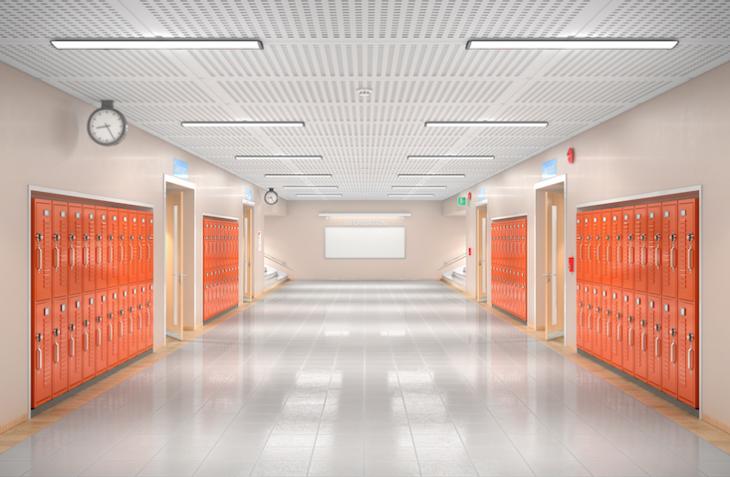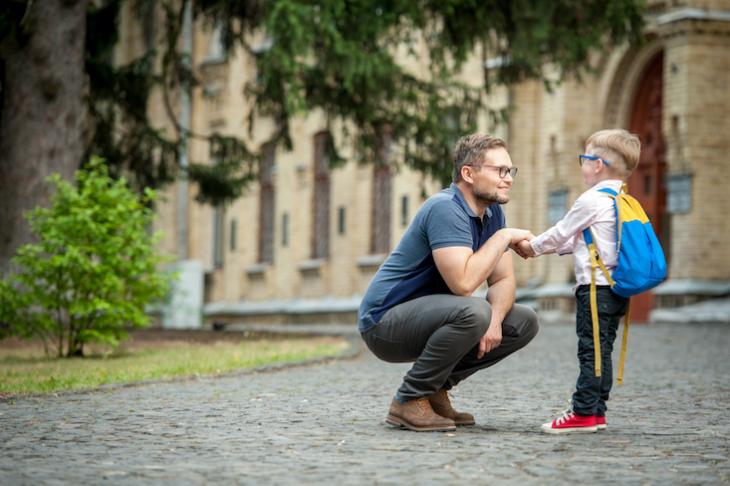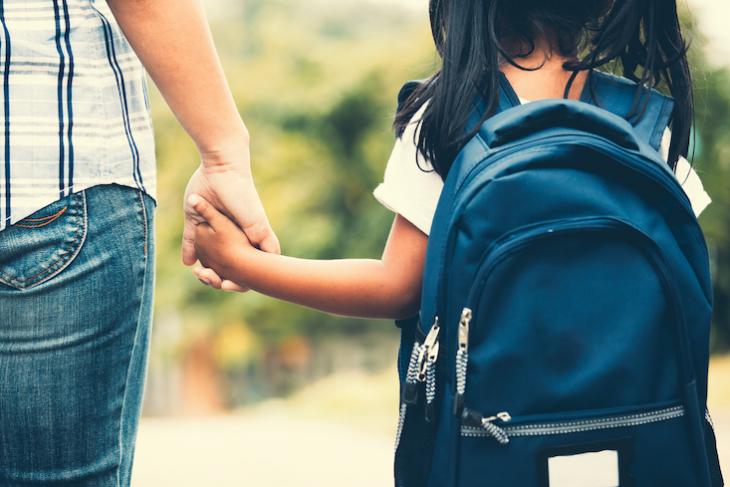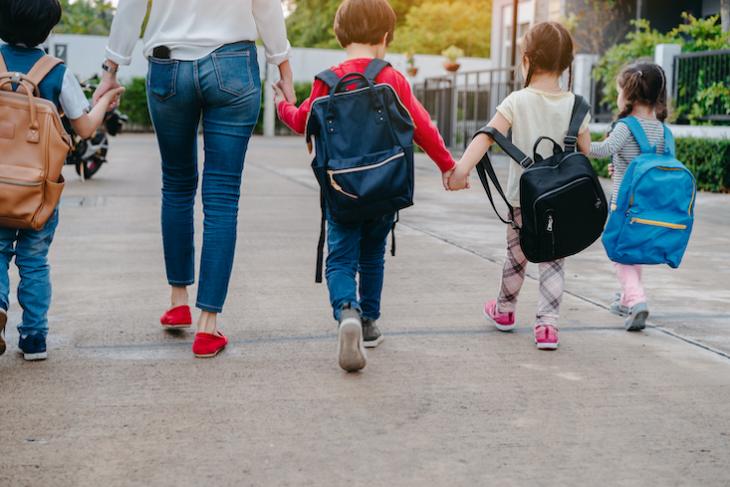In the past few weeks, we’ve lived through a rare situation in which schools across the globe have closed en-masse for the health and safety of our students.
For many people, the closure of schools was the first indication of just how serious the COVID-19 pandemic would be.
The impact it has had on health and safety at school is already being seen around the world. For example, in China, schools cautiously reopened with enhanced health & safety measures like mandating personal protective equipment, social distancing and increased sanitation.
But, Coronavirus aside, health and safety have and will always be essential in helping safeguard our schools.
We are used to thinking of schools as safe public spaces, always open to our kids. And, in many cases, this is true.
Today schools in the 21st century face a whole range of challenges when trying to keep their communities safe and healthy.
Serious challenges can include school violence, cyberbullying and mental health of students, staff and parents.
These challenges often require long-term and complex solutions.
To address modern-day issues, schools need better training and an emotionally stable education workforce. Johns Hopkins University School of Education in partnership with Klassroom, developed a breakthrough program that empowers schools and educators to make sound decisions and write policies with a holistic approach to health and safety.
One thing everyone can agree on is that every student deserves a safe school environment. And getting there requires a new approach.
Let’s begin by a looking at some of the main discussion points around health and safety that we’ll be covering in this article:
- Why is health and safety in schools important?
- What are the main health and safety challenges schools face?
- How do health and safety measures affect learning when they are in place?
- How can we increase health and safety in schools?
- The importance of strong relationships.

Why is health and safety in schools important?
We can all picture the ideal school environment: calm, supportive, inclusive and organized. A place where students (and educators) can flourish academically, socially and emotionally.
Moving towards a trauma-informed learning and a proactive approach to health & safety can help foster a feeling of safety for students.
Research shows that stress negatively affects the quality of our relationships.
Persistent feelings of fear can severely affect young children’s learning and development.
And experiencing anxiety scrambles the brain and makes it hard to learn.
In other words, it is hard for any child that feels unsafe to experience the benefits of school. This puts them at a disadvantage as they miss out on social, emotional and academic learning.
Plus, schools now face the added challenge of helping students and teachers cope with the anxiety and stress caused by the pandemic alone.
There’s never been a better time to start thinking about creating a more trauma-informed learning environment for students.

What are the main health and safety challenges schools face?
The obvious issue at the moment is the threat to our health posed by Coronavirus.
As countries around the world debate whether or not to reopen schools, decision-makers have to balance the risk of causing illness by reopening with the disruption and safety risks caused by children missing school.
In this situation, there are no easy answers.
And the same is true for many health and safety challenges that schools face, such as:
- School violence
- Bullying and cyberbullying
- The mental health of staff and students
- Outcomes for marginalized and underrepresented populations
At any time, your school may be facing one or more of these health and safety challenges. Each requires complex solutions that can, in themselves, affect students’ sense of safety at school.
How do health and safety measures themselves affect learning?
Schools must address health and safety issues to protect their students. But they require sensitive handling if they are to have the right effect.
For example, threats against school communities or individuals in a school are often made online. And school leaders need to be aware of threats against their community so that they can protect them.
But surveilling student’s online lives is intrusive. It does not provide a feeling of safety. Instead, it causes anxiety and distrust between schools and students.
Similarly, safety protocols and drills are essential to guaranteeing that schools can respond quickly to crises. But they also reinforce the message that school is not a safe place for students to be.
Active shooter drills can scare kids and put their mental health at risk.
None of which helps create the nurturing atmosphere of a safe, healthy school.

How can we increase good health and safety practices in schools?
In recent times frank conversations about kid’s mental health amid the coronavirus pandemic have come to the forefront. And as a result, strategies for keeping our kids healthy and our schools safe (when they reopen) are now being discussed widely.
But, for teachers and school leaders, these questions have been part of everyday life for a long time.
How can we safeguard our schools in everyday life?
What we know to be true is that maintaining a safe and healthy environment takes a deep understanding of the issues, a long term strategy and a communal effort.
The right solution for your school will depend on your location and the unique challenges your community faces.
To support schools and educators, earlier this year Teach Away and the Johns Hopkins University Center for Safe and Healthy Schools partnered to develop a new certification program to help build safer and healthier schools.
The Safe and Healthy Schools Certification Program provides knowledge, resources, tools, and support you need to make sound, effective decisions. It helps school communities understand:
- The importance of student and teacher mental health
- How to create an environment that embodies and fosters trauma-informed learning
- How to maintain this as a school and a community
Similar programs tend to take a more siloed approach to health and safety, which focuses predominantly on learning outcomes. Conversely, this program offers a proactive, holistic approach to health and safety with a focus on student and teacher wellbeing at its core.
The Johns Hopkins Center for Safe and Healthy Schools sought expertise from faculty beyond just the School of Education. And in doing so, it brings together key learning and evidenced-based practices from multi-disciplinary experts across Johns Hopkins University.
The Safe and Healthy Schools program was created to address an issue facing 21st-century education: ensuring that students experience a safe, healthy school environment.
As schools eventually reopen, they will begin to address both academic and student wellbeing.
Both teachers and leaders must have the tools and training they need to support this monumental task to approach both the immediate and future impacts of COVID-19 and overall school health and safety.
The importance of strong relationships.
Many health and safety concerns require large-scale, complex solutions.
But teachers are in a unique position to make health and safety a priority in their classrooms every day.
This begins with building positive relationships with parents, your colleagues, and, most importantly, your students. Becoming a leader in your community and being an advocate for safety.
At the more experimental end of the spectrum, some teachers have been getting started with trauma-informed practices to support students’ mental health needs.
Or introducing mindfulness practices into class. (Although some studies suggest the most significant benefits of mindfulness meditation for kids come from just taking a break from the busy school day.)
But all teachers can leverage the power of relationships in schools to create a sense of belonging, support, positivity and safety for students.
Simply taking time to regularly check in with your students and see how they feel may sound like a small gesture. But it can make a world of difference.

Building a safe, healthy school.
Creating a safe, healthy school environment means working out how to support students. It means keeping them emotionally and physically safe. And also providing a nurturing environment that promotes learning.
Getting this right takes time and the right approach.
On a larger scale, focus on identifying problems unique to your school and taking communal steps towards solving them.
For support in understanding the issues your school may be facing today, the Safe and Healthy Schools Certification Program offers educators in-depth research and best-practice learning focused on the key topics around health and safety in schools.
On a smaller scale, think about the factors within your control. Especially making sure your relationships are supportive, stable and healthy.
And, while there is no quick fix, ensuring they experience a safe and healthy school environment is possibly the most important thing you can do for your students.
Every child and staff member deserves to be safe in school.
